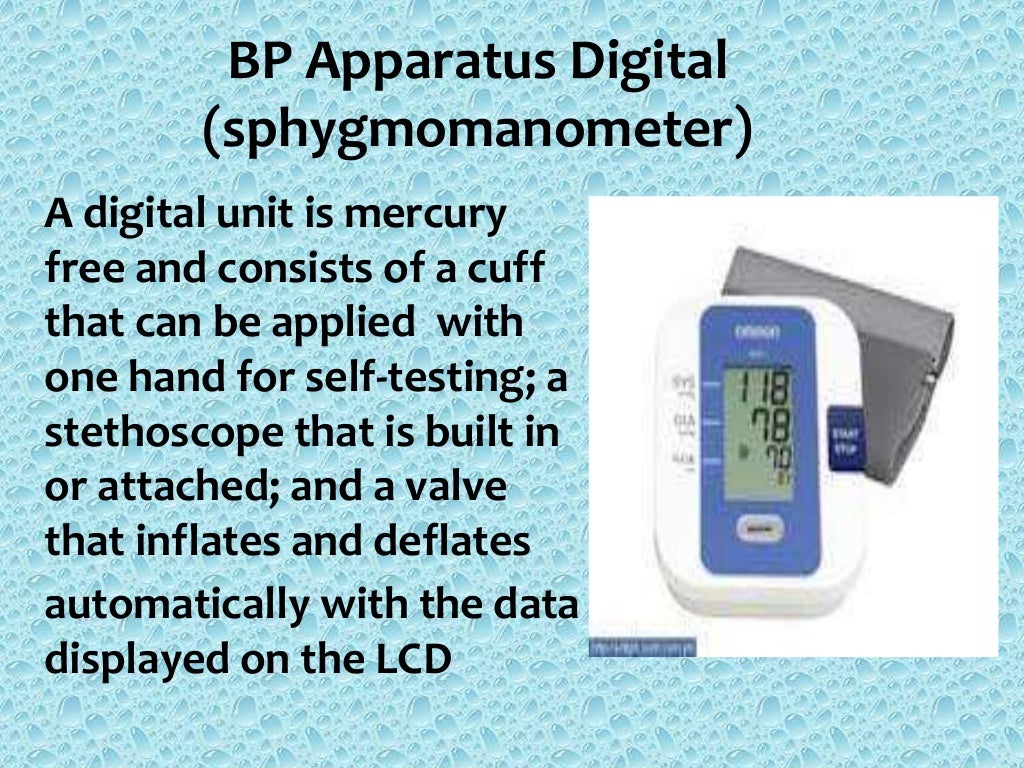Tools Equipment And Paraphernalia For Taking Vital Signs

Tools Equipment And Paraphernalia For Taking Vital Signs
Start studying Measuring Vital Signs. Learn vocabulary, terms, and more with flashcards, games, and other study tools. -be aware of needed equipment-know the baseline vital signs for the client and normal ranges for the population.  Oxygenation tools. Arterial blood gases (ABGs) pulse oximetry.
Oxygenation tools. Arterial blood gases (ABGs) pulse oximetry.


Vital signs are intended to give an EMS provider a picture of the current physiologic status of his patient. Most EMS practitioners learned vital signs early in their education and can sometimes forget how meaningful an accurate set of vitals can be. Many providers are taught that when they are the team leader to delegate vital signs and it simply becomes habit to ask another responder to obtain vitals and to take those result at face value. Given that vitals are a snapshot of the patient’s physiologic status perhaps they deserve more attention and importance. Here are five ways to improve your capturing, monitoring and interpreting of a patient’s vitals. Avoid assuming a systolic pressure based on a pulse location Report an accurate blood pressure for every patient. 40's and 50's tv shows.
(Picture CDC/ Amanda Mills). Many EMS providers learned that a palpable pulse at a specific anatomic location correlates to an estimated systolic blood pressure. Most commonly, providers are taught that a radial pulse means a systolic of at least 90 mm Hg, a femoral pulse 70 mm Hg and a carotid pulse 60 mm Hg. This assumption was historically taught in certification courses including Advanced Trauma Life Support, but is not supported by peer-reviewed research. The assessment work-around has since been pulled out of most standard curricula, but the practice continues in EMS, likely as one of the all-too-persistent traditions within medicine that hangs around because 'we’ve always done it that way'.